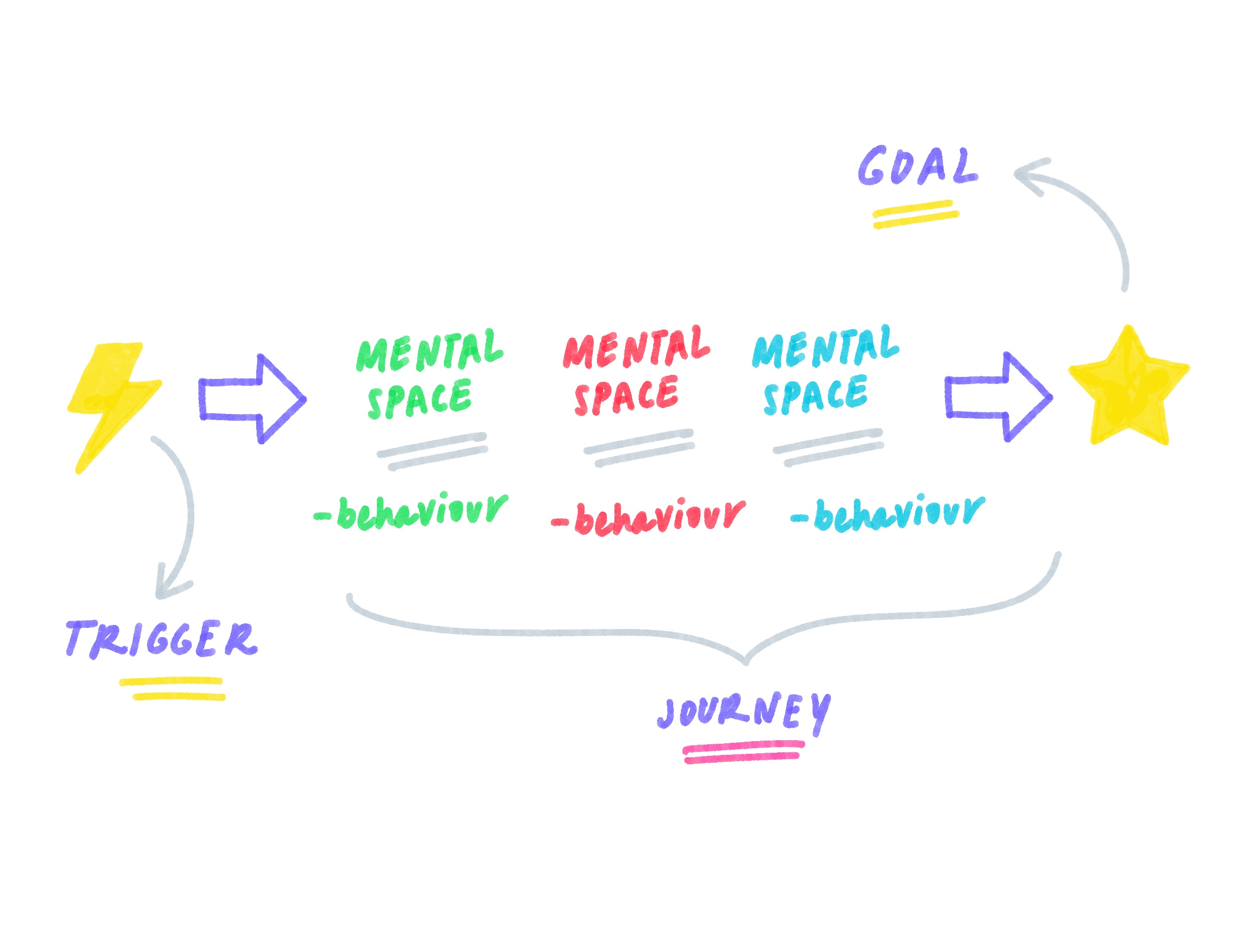Within product design, user experience (UX) design stands as a driving factor for creating products that resonate with users. Central to this approach is using Personas within the design process and within the product lifecycle, which offers invaluable insights into understanding your target audience. Let's delve into what UX personas are, why they matter, and how to leverage them effectively.
What is a persona?
A User Persona is a fictional character that represents a segment of your target audience. Grounded in real user data, these personas include demographic details, behavioural traits, motivations, pain points, and goals. Essentially, they serve as archetypes, enabling designers to empathise with users and tailor digital experiences accordingly.
Why are personas important?
Personas help guide a human-centric perspective in decision-making. By bringing together user preferences, context, and challenges, personas empower designers to craft solutions that resonate deeply with their audience. Additionally, they bring consistency in decision-making across the product lifecycle, ensuring alignment with user needs within different departments or roles.
Who uses personas?
While personas are commonly associated with UX Designers, their usability extends to various stakeholders. Product managers, Marketers, and Engineers can benefit from the insights personas provide. This collective alignment around user-centred design allows for a cohesive understanding of the target audience, driving product success through informed decision-making across various departments.
How do you develop a persona?
Creating an impactful UX Persona involves 3 main activities:
User Research
Conduct a variety of research methods to gather data on your target audience. Use methods such as interviews, surveys and analytics to collect demographic and behavioural information.
Identify Patterns
Analyse data to identify patterns and trends amongst users. Look for shared characteristics, goals and pain points that can be used to shape your persona.
Create Persona
Develop the persona based on the patterns you identified. Give your persona relevant information such as a name, age, job role or any other information that can help with product decisions and leave out unnecessary details that could potentially confuse decisions.
Different types of personas
Proto-Personas
Based on assumptions and generalisations, proto-personas are usually created early in the design process. They serve as a starting point for further research, a way to find assumptions within a team or at times used within teams with a low UX maturity.
Primary Personas
User personas are created after extensive research and are based on real user data. They provide a detailed and accurate representation of the target audience.
Secondary Personas
Secondary personas are users who might have different needs, pains, characteristics or behaviours but tend to use your platform less frequently. Ideally, you should focus on the primary persona, while still considering the needs of secondary personas to avoid exclusion.
Understanding these personas helps avoid design pitfalls!
Persona Pitfalls
User personas offer valuable insights but can stumble into pitfalls if not carefully constructed. Effective personas distil qualitative and quantitative insights into actionable points for the product team, avoiding stereotypical assumptions and personal biases. Diverse participant pools ensure accurate representations and consider the dynamic nature of user needs. Incorporating accessibility needs into Persona construction is also crucial, as data may not capture certain user requirements. Additionally, to maintain clarity, personas should omit irrelevant details, enabling informed decision-making and avoid misdirection in product decisions.
Tips for Getting Started
Once a persona is created, it becomes a guiding tool throughout the design workflow. Here are tips for getting the best value from persona’s at each stage:
Decision Making: Use personas to inform design decisions. Ask questions like, "How would Sarah respond to this feature?" to ensure user-centric choices.
Communication: Share personas with the entire team to gather a mutual understanding of the target audience. This promotes collaboration and a user-focused mindset.
Ongoing Iteration: Revisit personas as you gather more customer-centric information, identify changes within your business or technology, the competitive landscape has changed or emerging trends are impacting user behaviour. Updating details that deepen understanding and aid in decision making such as user behaviour, context or pain points can help you identify what to include. People are complex - no persona perfectly captures a group, but refinement gets you closer.
While persona templates may vary, a comprehensive template often includes:
Name and Demographics: Relevant personal details to humanise the persona.
Goals and Motivations: What the persona aims to achieve.
Challenges and Pain Points: Obstacles the persona faces.
Behaviours and Preferences: How the persona interacts with products.
Technology Usage: Devices and platforms preferred by the persona.
With well-developed personas guiding decision, you can create experiences your customers will love. If you need additional UX research, strategy or design support. Reach out to us!




